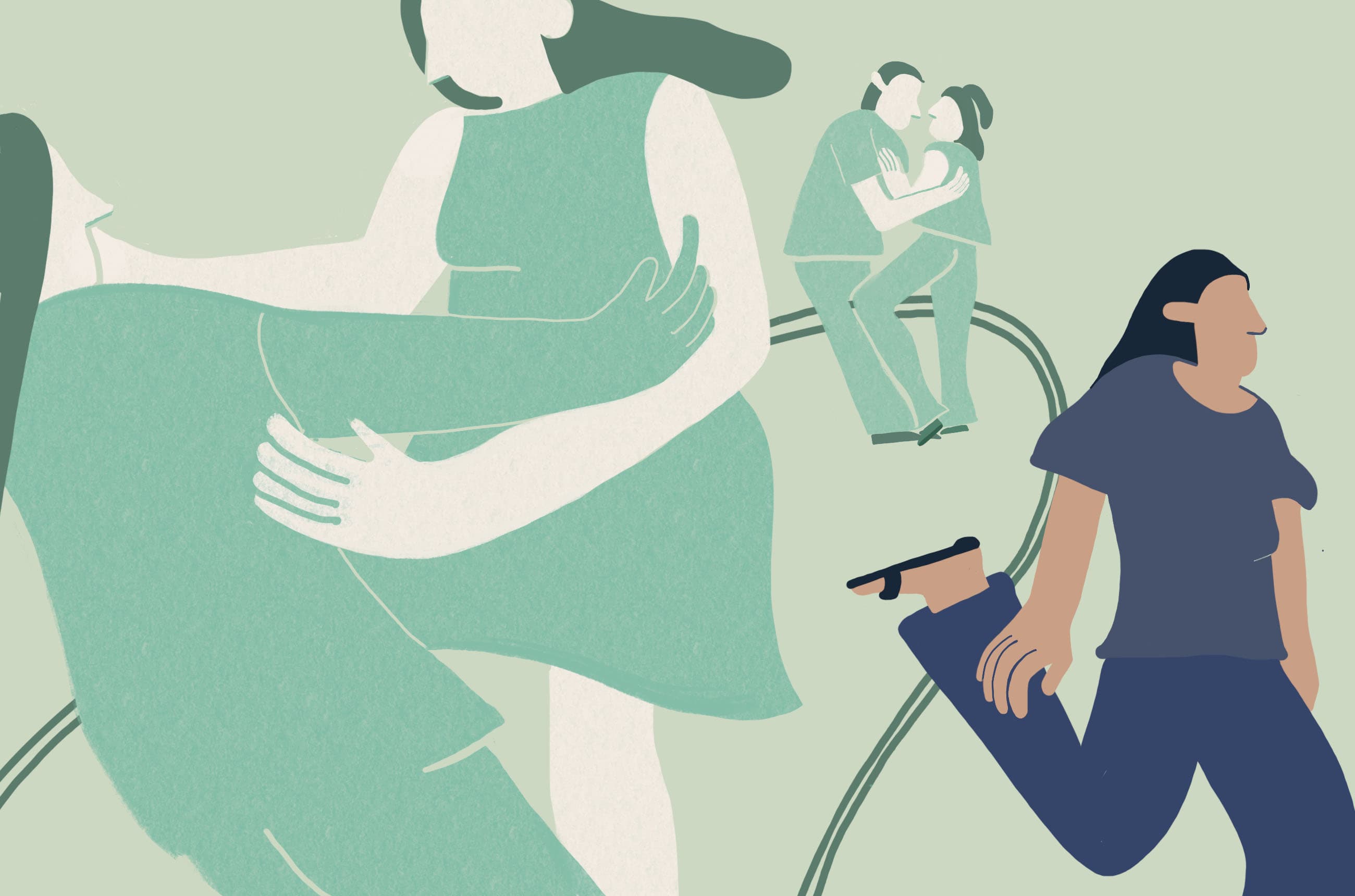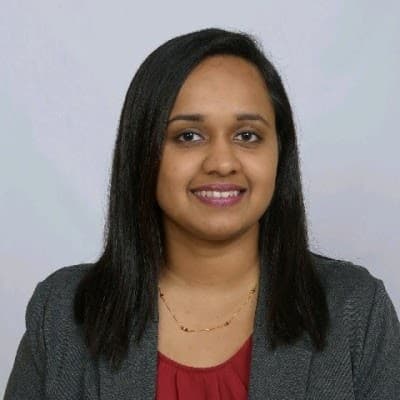It’s ironic that in a country that has a population of over 1.3 billion people, topics such as sex and sexuality are widely considered taboo.
As a nation, rarely are we encouraged to discuss sexual wellness in the open, because of which several aspects of it often go unaddressed. Conversations surrounding sexuality and sexual wellness often take a backseat in the struggle of everyday life.
In this article, we’re going to understand asexuality from a sexual orientation perspective and how we can help someone who may identify as an asexual without being judgemental.
How health and well-being are linked to sexual orientation?
The World Health Organisation (WHO) defines “sexual health as a state of physical, mental, and social well-being in relation to sexuality. It requires a positive and respectful approach to sexuality and sexual relationships, and the possibility of having pleasurable and safe sexual experiences, free of coercion, discrimination, and violence.”
Sexual health is about well-being, not merely the absence of disease. It’s expressed through diverse sexualities and forms of sexual expression. Sexual health is critically influenced by gender norms, roles, expectations, and power dynamics.
Human sexuality is manifested through unconventional behavior and expression. It is increasingly being acknowledged that recognition of the diversity of sexual behavior and expression contributes to people’s overall sense of well-being and health.
Understanding the related risks and vulnerabilities associated with the way we perceive sexual behavior and expression in society is central to understanding barriers to health and how to address these.
What asexuality means?
In simple terms, asexuality is defined as a lifelong lack of sexual attraction.
It’s a misunderstood sexual identity. Sexual intimacy is important for most of us. A large part of our society struggles to come to terms with a spectrum of sexual orientations. Asexual people often feel out of place because of a lack of knowledge concerning asexuality. People who identify themselves as asexual are not most of the time sexually attracted to anyone. However, it’s important to understand that asexuality is not a dysfunction, and there is no need to find a cause or a cure for it. It typically starts as a process of identifying as asexual with an experience of being different from a peer group typically during adolescent years.
Asexuality has also been mis-attributed to several other factors including hormone imbalance, sexual abuse, and sexual repression.
There are far more women identifying as asexual as there are men.
Who is an asexual?
An asexual person is someone who does not experience sexual attraction or an intrinsic desire to have sexual relationships. Even though asexual people don’t experience any sexual attraction, they can experience other forms of attraction including romantic attraction, aesthetic attraction, platonic attraction or emotional attraction. There are also aromantic asexuals, who are not sexually or romantically attracted to anyone.

Why is it important to talk about and address it?
Over the past decade, asexuality has become more than a sexual orientation; it has developed into a social community. Many individuals learn about and develop their asexuality through online community sites, personal sites, and blogs that collectively create a communal space for asexuals to connect with other asexuals and narrate their asexual identities.
Until almost a decade ago, 2013 to be precise, it was common for health practitioners and people alike to be confused between asexuality and sexual dysfunction. The most common misunderstanding was that asexuality was a variant of hypoactive sexual desire disorder (HSDD). It is important to understand here that an asexual individual is not distressed by their lack of sexual desire while persons and their partners with HSDD are distinctly distressed.
Can asexual individuals have romantic relationships? How do they express intimacy?
An asexual person might not experience sexual attraction, but they might still experience romantic attraction. Many asexual people want and have romantic relationships. These romantic relationships can be with other asexual people, or with people who aren’t asexual.
Romantic orientations differ from sexual orientations. An asexual individual may thus be homo, hetero, pan, bi romantic or aromantic. With bi or panromantic individuals, the gender of their partner does very little in defining their relationship.
According to a survey conducted by the international community of asexuals also known as the ace community, there is a lack of acceptance towards asexuals.
How can family members or loved ones help a person who is asexual?
The brief answer is with acceptance and unconditional support.
1. If someone comes out to you as an ace, believe in them without being judgemental. Don’t assume everyone needs sex or romance to be happy–let them choose their own path. Understand that asexuality isn’t genetic, the result of trauma, or caused by anything in particular.
2. Accept their relationship choices and support them as you would anyone else.
3. If you are a loved one, struggling to understand it is best if you don’t assume that your loved one has made a wrong choice and is confused. Educate and empower yourself. Reach out for help. There are great resources and queer friendly therapists available that may help you.
4. Seeking help from a therapist can aid people to better understand their sexual orientation, deal with the stigma and discrimination, and be more at peace with their sexual orientation.
Therapy, however, can help people who identify as asexual lead more fulfilling lives. Discrimination and social norms about sexuality can cause some asexuals to feel depressed or anxious. Experiences of sexual trauma, especially corrective rape, can lead to posttraumatic stress (PTSD). Therapy offers a safe space to process these emotions and set goals for self-care.
While some asexuals may engage in sexual behavior to please partners, or because of purely physical need, they still identify themselves as asexuals. Most Asexuals are comfortable with their orientation and accept their lack of sexual attraction as being central to who they are as individuals.
A healthcare provider’s responsibility to asexual persons
As far as healthcare providers go, it is important for us to stop viewing sexuality as a black and white concept. We should work individually with every patient making sure that all of their healthcare needs are addressed. It is essential that providers be accepting of all patients and create a safe space for them instead of making them feel guilty for who they are.
Healthcare providers need to understand that all asexual individuals may not be sex averse and some of them may have also been sexually active for a partner or for childbearing.
What are graysexual and demisexual?
Gray asexuality: Sometimes called gray-ace, gray asexuality has a fluid definition. Some view gray asexuality as a state between asexuality and sexuality. Others describe it as having sexual attraction but no desire to act on that attraction. Grey sexuality is often seen as a midpoint between sexuality and asexuality.
Demisexual: Demisexuals are people on the asexuality spectrum who only experience sexual attraction in the context of a strong relationship with another person. For demisexuals, attraction can only occur in a close intimate relationship.
Asexuality is both under-represented in work on sexuality. There is still room for a greater amount of research to gain understanding and acceptance of this orientation both in academia and in the public sphere.
To know more, about sexual and reproductive health, visit https://www.proactiveforher.com/
References:
https://cedar.wwu.edu/cgi/viewcontent.cgi?article=1081&context=wwu_honors
https://theswaddle.com/asexuality-is-a-sexual-orientation-not-a-disorder/
https://www.asexuality.org/?q=general.html#ex7
https://feminisminindia.com/2019/10/28/patriarchy-affects-asexual-women-need-talk/
https://www.cosmopolitan.com/uk/reports/a9088917/womankind-asexual-woman-sexual-attraction/
Disclaimer : This information is educational and should not be construed as medical advice. Please consult your doctor before making any dietary changes or adding supplements.
ProactiveForHer is a digital clinic for women, offering accessible, personalised, and confidential healthcare solutions. We offer out-patient care, diagnostic services and programs for various health concerns of Indian women, across their lifetime - from puberty to pregnancy to menopause.

